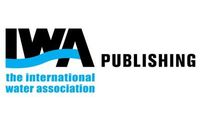
IWA Publishing
London ,
United Kingdom E14 2BA
United Kingdom
- Home
- Companies
- IWA Publishing
- Articles
- Bayesian modelling for water loss ...
Bayesian modelling for water loss management decisions
Bayesian networks and their associated methods are especially suited for capturing and dealing with uncertainty. They can be successfully applied both in engineering sciences and in reliability analyses of water distribution systems. In this paper we propose an interactive Bayesian network and a decision-theoretic system which intend to monitor water loss, predict likely outcome and select appropriate decisions.
Customer comments
No comments were found for Bayesian modelling for water loss management decisions. Be the first to comment!
